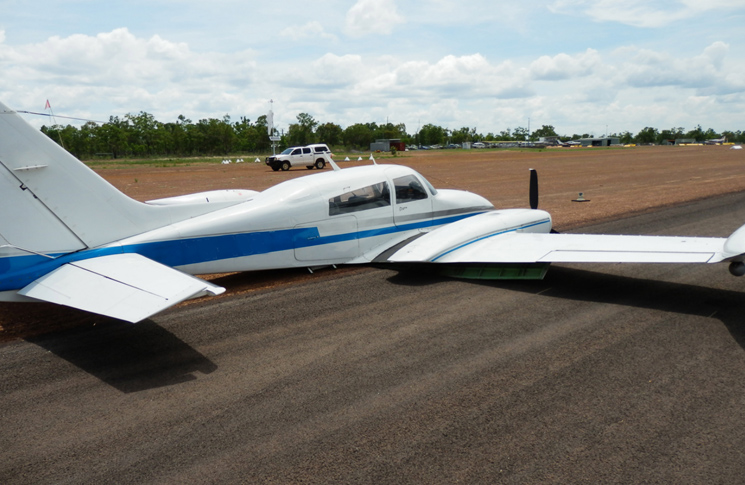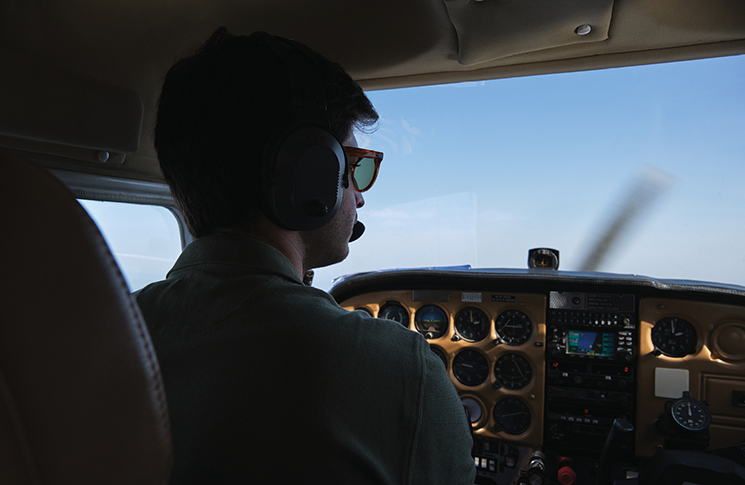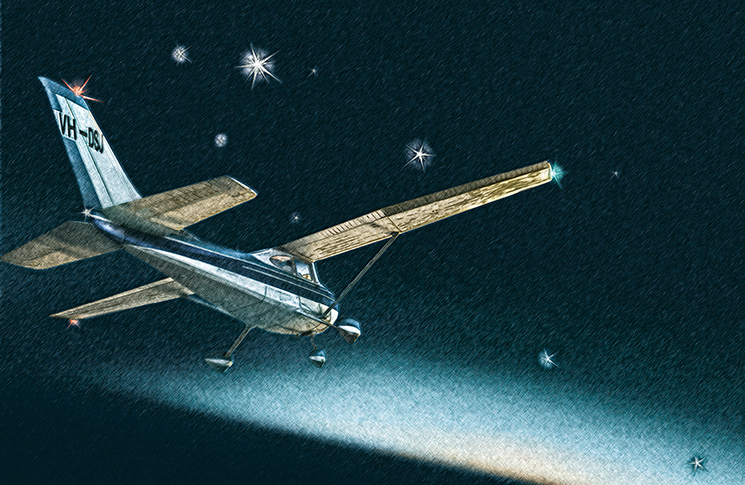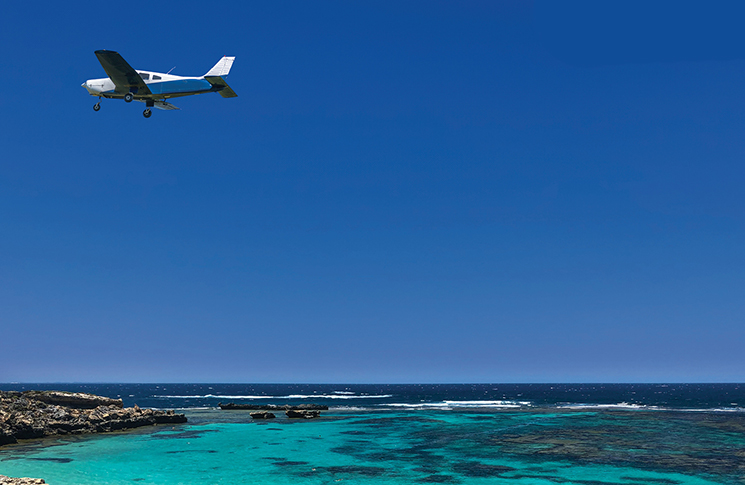
Wheels-up landings continue to make headlines in safety bulletins as pilots continue to discover the limits of human performance the hard way.
The latest investigation bulletin released by the Australian Transport Safety Bureau (ATSB) lists three occurrences, all of which involve the pilot failing to extend the landing gear either through in-flight distraction or simply by overlooking during pre-landing checks.
One incident involving a Piper PA-31-350 at Townsville Airport, saw the aircraft fly so low that the VHF antenna on the bottom of the aircraft snapped off, forcing the supervising pilot to switch to the second VHF radio to regain communication with air traffic control.
The pilot in-control-under-supervision (ICUS), landed safety on the second attempt and later commented that he had carried out the finals and pre-landing checks from memory, rather than a written checklist.
It was also revealed that the company had no standard procedures for ICUS flights and that vocal checks were not performed on this particular flight, allowing pilot ICUS to simply forget to lower the landing gear.
The supervising pilot identified the sun as a factor; stating that in the afternoon it often made the cockpit display, including the landing gear indication, appear to be illuminated.
The ATSB concluded its report with a safety message stating that the incident is a ‘reminder for pilots and operators of the limitations of human performance and highlights the need to follow procedures and complete checklists diligently.’
Despite the obvious advantage of having your landing gear deployed on final, wheels-up landings still occur at a high rate around Australia, with 18 recorded by the ATSB in the last 12-months.
A recent report on the December 2014 wheel-up landing of a Cessna 310 found several human factors were involved. The pilot, who had only 12 of 1739 hours on type, was distracted by passengers and another aircraft nearby. The report also noted how the pilot had consumed his bottled water supply after fitting a dog cage to the aircraft earlier in the day in the heat of the Northern Territory west season and had not had anything more to drink.
A wheels-up landing in the United States also made headlines this last week, with dramatic footage showing an Aerostar touching down, despite not having its landing gear deployed.
In the footage the high-performance piston twin dragging its fuselage along the runway at a residential airpark in Florida, shocked onlookers can be heard predicting a ‘wreck’ as the what sound likes the propeller tips can be heard striking the tarmac.
Amazingly, the pilot throttled up the engines and somehow managed to get the damaged aircraft back into the air.
According to a local news service, the 85-year-old pilot landed safely at Fort Lauderdale, 160km away.
The ATSB highlights in-flight distraction and miscommunication as the two most common human factors that play roles in wheels-up landings, with researching showing that 13 per cent of accidents and incidents associated with pilot distraction occurred during the approach phase of flight.
The ATSB suggest that after a distraction source has been recognised, the next priority is to re-establish situation awareness by conducting the following:
- Identify: What was I doing?
- Ask: Where was I distracted?
- Decide/act: What decision or action do I need to take to get back on track?




